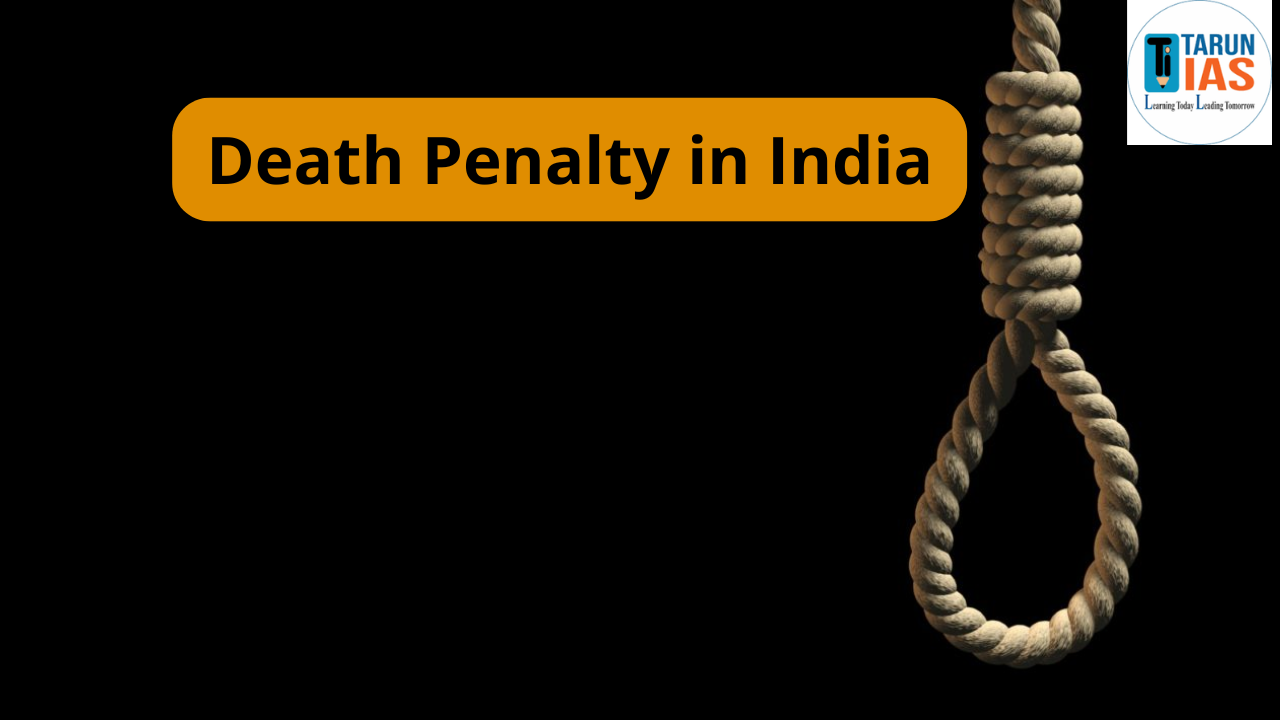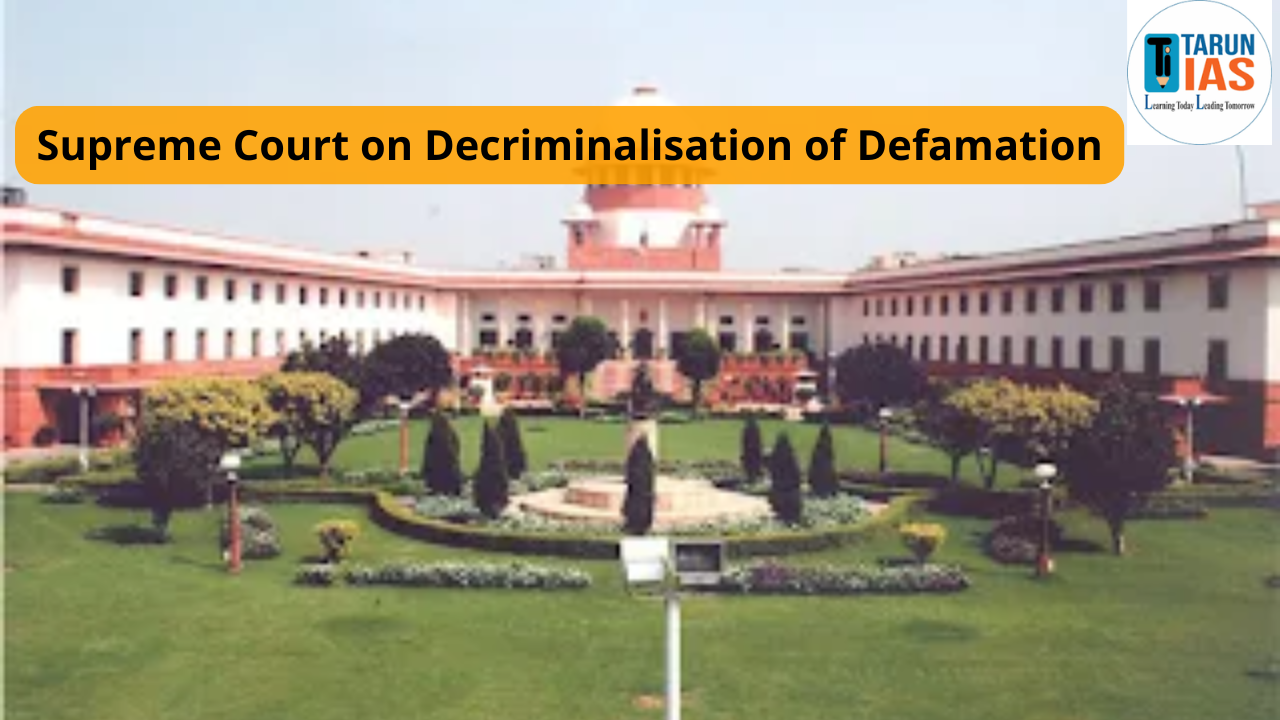The successive governments have undertaken legal and institutional measures to effectively deal with grievances faced by the public. Such measures are discussed in the following sections.
Grievance Redressal Systems in India
Government of India, State Governments as well as various organizations under them have set up grievance redressal mechanisms to look into the complaints of citizens. Besides, there are other institutional mechanisms like the CVC, and the Lokpal which have the mandate to look into the complaints of corruption and abuse of office by public servants.
Many organizations, for example, the Reserve Bank of India, have set up an Ombudsman to look into grievances. Institutions such the National and State Human Rights Commissions, National and State Women’s Commissions, the National Commission for Scheduled Castes, and the National Commission for Scheduled Tribes also look into the complaints from the public in their prescribed areas.
The grievance redressal mechanism plays a crucial role in any governance framework. Today, with increased awareness levels, the aspirations of citizens have gone up as also the demand for prompt and effective resolution of their grievances.
The fundamental concept behind a grievance redressal system is that if the expected level of service is not delivered or if a citizen’s rights are not respected, the citizen should have access to a system to resolve the grievance. This mechanism should be well publicized, easy to use, prompt and, above all, citizens must have faith that they will get justice from them.
Structure of Grievance Redressal Mechanisms at the National Level in India
Public grievances are handled at various points across different Ministries/Departments within the Government of India. However, two main nodal agencies in the Union Government are primarily responsible for addressing these grievances. These agencies are: The Department of Administrative Reforms and Public Grievances, Ministry of Personnel, Public Grievances & Pensions and the Directorate of Public Grievances, Cabinet Secretariat.
Department of Administrative Reforms and Public Grievances (DARPG)
- Nodal Agency: The Department of Administrative Reforms and Public Grievances (DAR & PG) is the nodal agency in respect of policy initiatives on public grievance redressal mechanisms and citizen-centric initiatives.
- Role: The Department of Administrative Reforms and Public Grievances mainly focuses on citizen-centric initiatives concerning administrative reforms and public grievances, aiming to ensure that government services are provided to citizens efficiently and to address the root causes of grievances.
- Transfer of complaints: The grievances received by the DARPG are forwarded to the concerned Ministries/Departments/State Governments/UTs, who deal with the substantive functions linked with the grievance for redress, under intimation to the complainant. The Department receives thousands of grievances every year and depending upon the seriousness of the grievance follows up regularly till its final disposal. This allows the Department to assess how effectively the grievance redressal systems of the relevant government agency function.
- Officers for GRM: Guidelines have been issued to all Ministries/Departments to set up a prompt and effective grievance redressal system. According to these guidelines, all Ministries, autonomous bodies, and Public Sector Undertakings (PSUs) must appoint an officer to act as the Director of Public Grievances, including those in autonomous institutions and PSUs. It has also been mandated that the grievance redressal system must be incorporated into the Citizens’ Charters. Ministries have been encouraged to establish a timeline for resolving received petitions, proactively identify grievances from newspaper reports, and consistently monitor the resolution of these petitions.
Guidelines issued by DARPG for GRM
|
Centralized Public Grievances Redress and Monitoring System (CPGRAMS)In 2007, the Department of Administrative Reforms and Public Grievances launched CPGRAMS to receive, address, and oversee grievances from the public. CPGRAMS allows citizens to file grievances online from any location. It enables individuals to track the progress of their grievances with the relevant departments and allows the DARPG to monitor these complaints. CPGRAMS is a web-enabled application accessible by Ministries/Departments/Organizations. The citizen can access the system online through the portal www.pgportal.nic.in. |
Role of Directorate of Public Grievances in Ensuring Accountability
The Directorate of Public Grievances was established in the Cabinet Secretariat on 01.04.88, initially tasked with addressing individual complaints related to four Central Government Departments known for high public complaint rates. Over time, additional Departments with significant public interaction were included under its purview.
The Directorate was intended as an appellate body to investigate grievances selectively, particularly those where complainants had not received resolution through internal mechanisms and hierarchical authorities. Unlike the DARPG, the Directorate of Public Grievances has the authority to summon officers and review files to ensure grievances are managed fairly, objectively, and justly. Whenever the Directorate concludes that a grievance has not been resolved appropriately, it puts forward recommendations for the relevant Ministry/Department to consider, which must be implemented within one month.
|
UPSC Articles |
|
| UPSC Interview | UPSC Interview Marks |
| UPSC Syllabus | UPSC Exam Pattern |
| UPSC Eligibility | UPSC Age Limit |
| UPSC Selection Process | UPSC Cut off |














